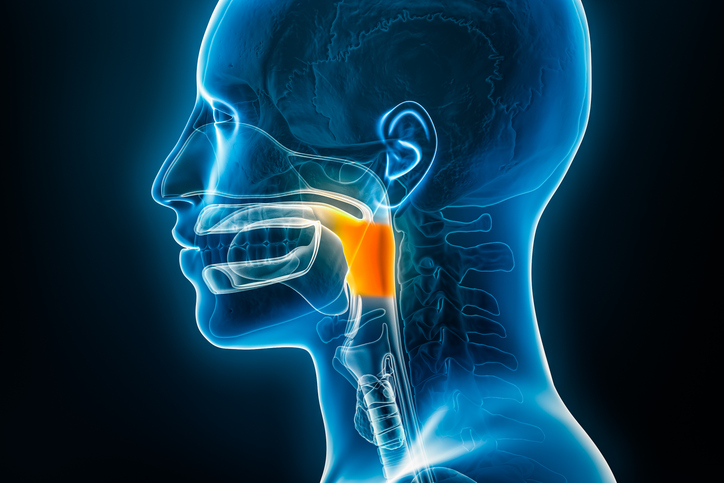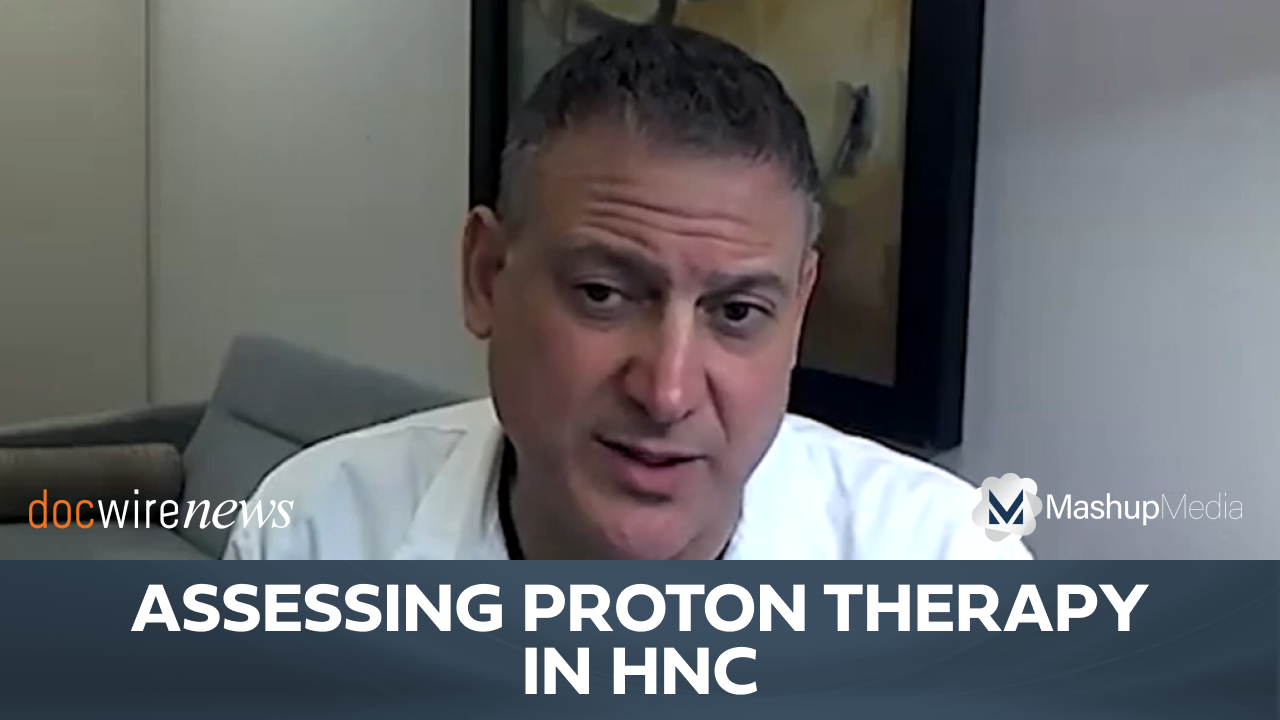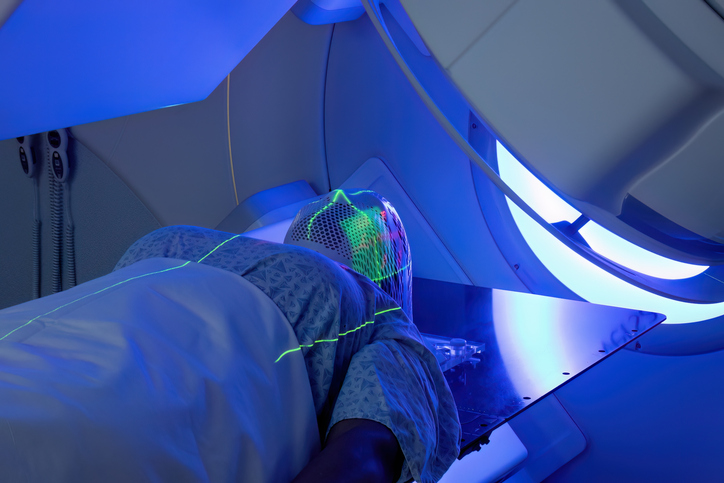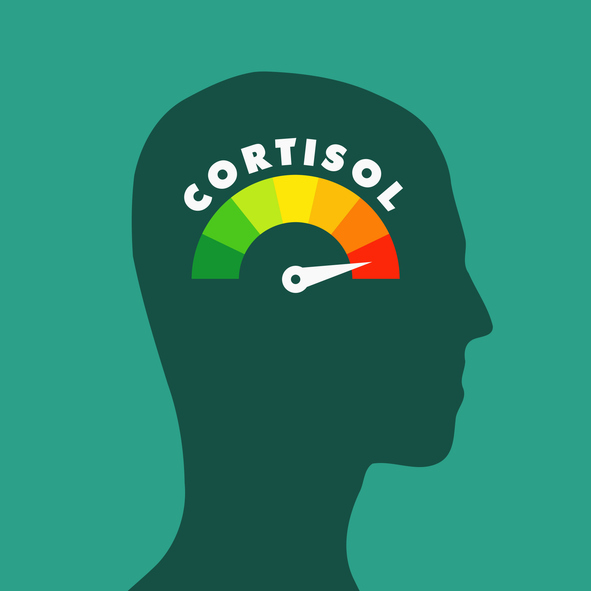
Modern radiotherapy (RT) techniques, such as volumetric modulated arc therapy (VMAT) or helical tomotherapy (HT) improve quality of life (QOL) and physical function for patients with head and neck cancer (HNC), according to a recent study published in Frontiers in Oncology.
In this single-center, prospective study, researchers analyzed QOL questionnaires from patients at two weeks, three months, and six months after RT was completed. Patients who died prior to the six-month follow-up or experienced HNC recurrence were excluded.
The study variables included age, primary site, cancer stage, sex, radiation dose, treatment, and radiation method, which were assessed using linear mixed models with random intercepts and restricted maximum likelihood estimates.
The study followed 45 patients from 2022 to 2023. The final analysis comprised 30 patients who completed questionnaires at two weeks with at least one follow-up. Of the 30 patients, 76.7% were men, 40% had oral cancer, 60% had stage III or IV HNC, 63% underwent surgery, 80% received chemoradiation, and 76.7% received a curative total dose of 66-70 Gy. Half who received a dose of 66-70 Gy were treated with HT, and patients who were treated with chemotherapy had significantly lower global QOL scales (mean difference, 27.94; 95% CI, 9.33-46.55; P=.005).
Between two weeks and three months, global QOL, physical function, weight loss, symptoms of sticky saliva, cough, and feelings of illness improved significantly, and there was no significant difference between three and six months. Across subgroups, the investigators observed that patients who received HT experienced greater pain relief over time (P=.030), and patients who participated in swallowing rehabilitation programs experienced a greater decrease in nausea and vomiting (P=.036).
While the study highlighted that the most significant improvement among participants occurred between two weeks and three months, after which improvement plateaued, the researchers noted that “social function, social contact, pain, and nutrition may require longer recovery intervals after treatment. HT with daily image guidance could provide a therapeutic opportunity for improving pain relief in patients with HNC.”
Source: Frontiers in Oncology







 © 2025 Mashup Media, LLC, a Formedics Property. All Rights Reserved.
© 2025 Mashup Media, LLC, a Formedics Property. All Rights Reserved.